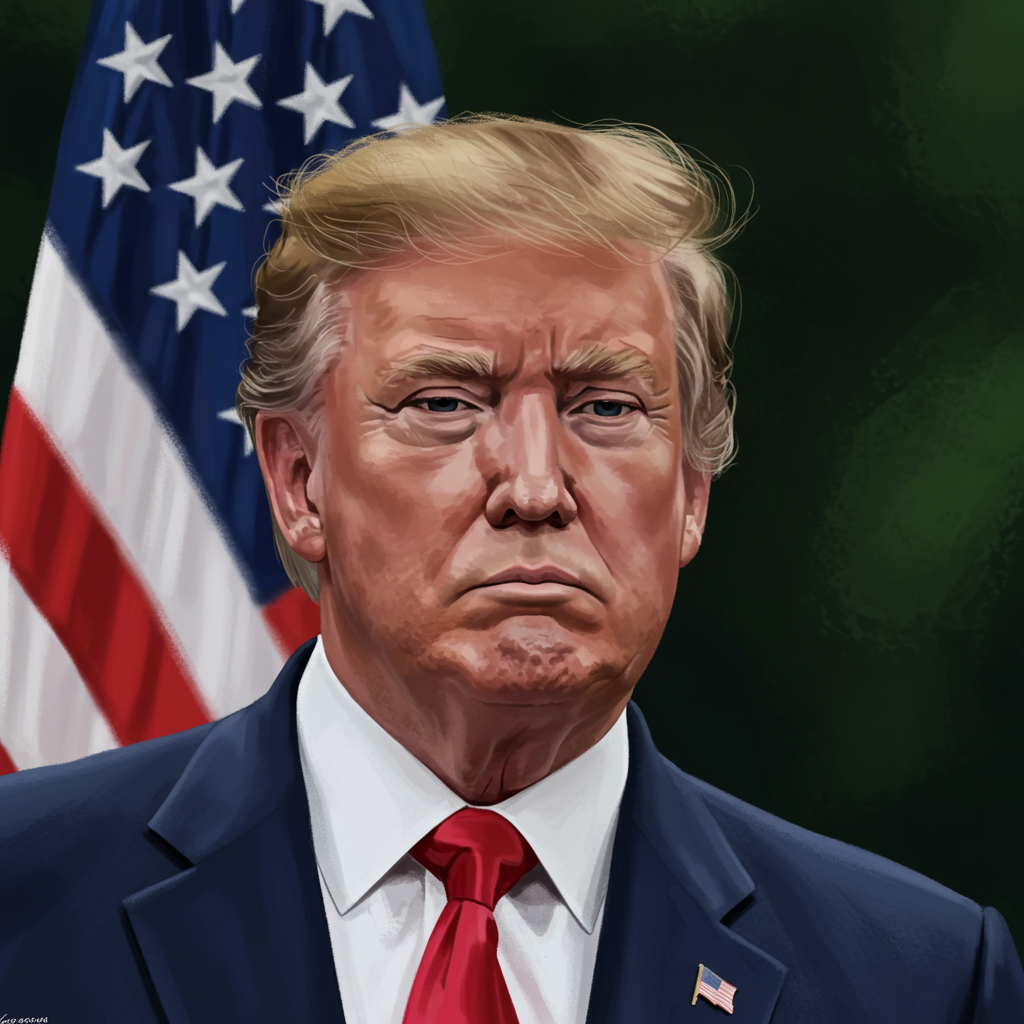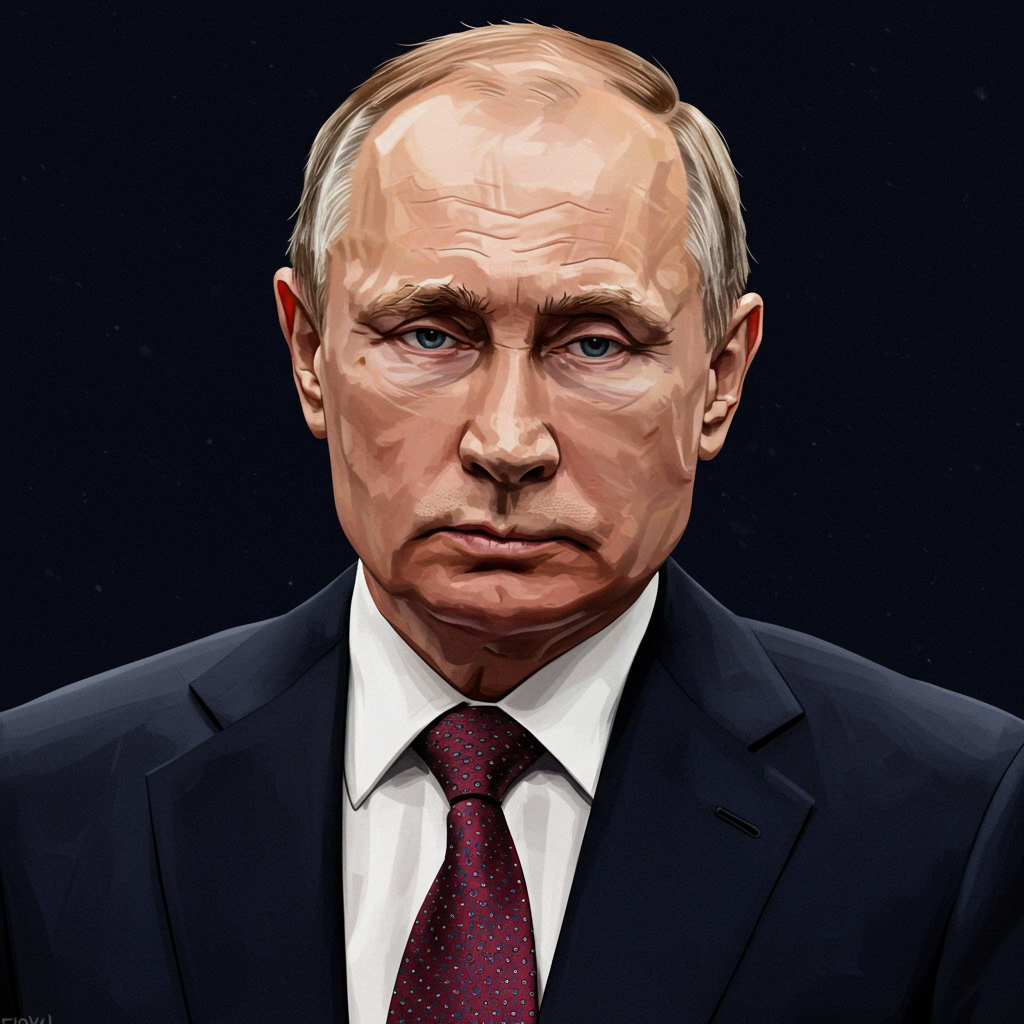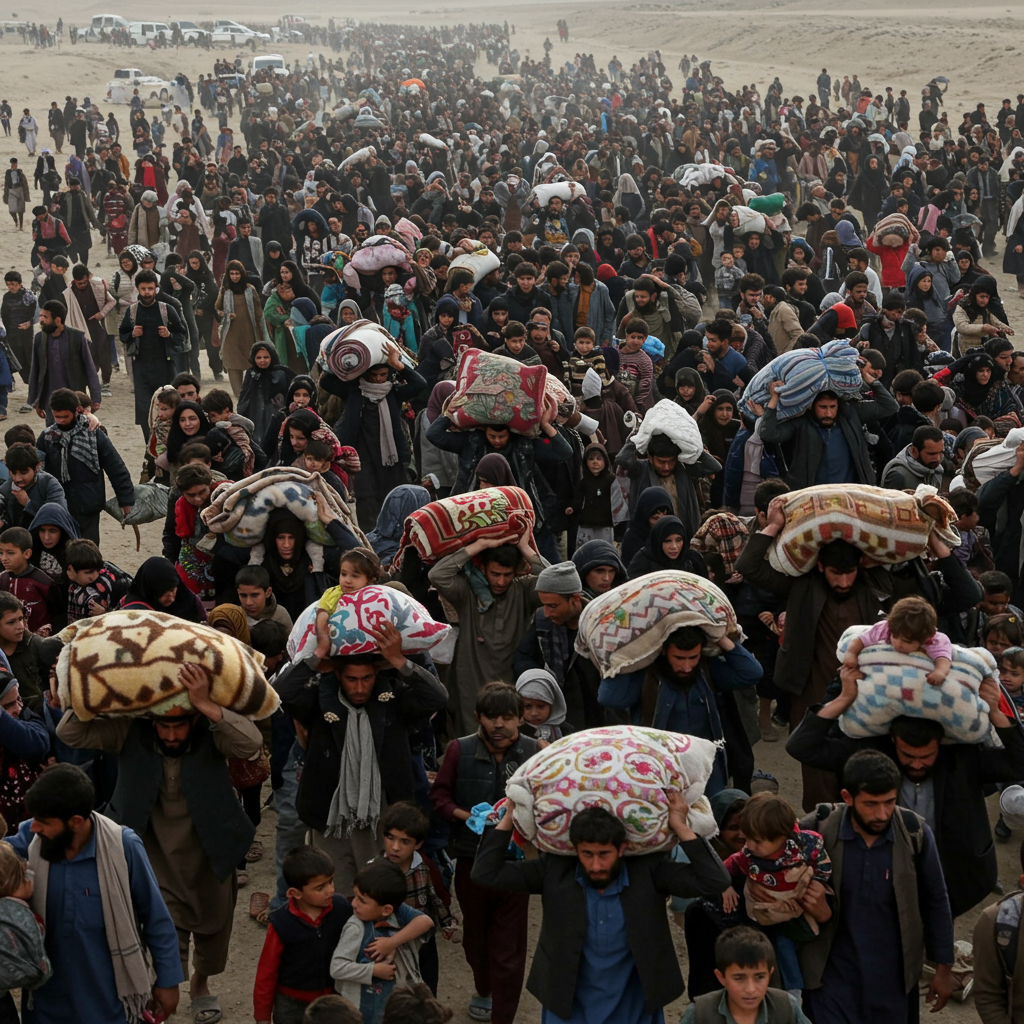US President Donald Trump significantly shortened his visit to the Group of Seven (G7) summit in Kananaskis, nestled in the Canadian Rockies, departing abruptly on Monday evening, a day earlier than scheduled. The White House cited the rapidly intensifying conflict between Iran and Israel as the pressing reason for his early return to Washington D.C.
The conflict had reached a critical point, reportedly in its fifth straight day of escalating attacks between the two nations. The rising tensions cast a shadow over the G7 summit, which convened world leaders to address global pressures.
Mideast Crisis Demands Urgent Attention
The escalating situation in the Middle East dominated headlines and summit discussions. Reports indicated a surge in hostilities, with explosions and heavy air defense fire reported in Tehran early Tuesday, hours after Israel allegedly targeted Iran’s state broadcaster. Simultaneously, air raid sirens blared in Tel Aviv, followed by an explosion, as Iranian missiles reportedly targeted Israel.
“I have to be back early for obvious reasons,” Trump stated, emphasizing the urgency by noting he had instructed the White House National Security Council to convene upon his return. He later added his departure was necessary for “big stuff.”
US officials confirmed the deployment of “additional capabilities” to the Middle East to bolster the Pentagon’s “defensive posture” in the region. However, they were quick to dismiss suggestions that the United States was preparing to join Israeli offensive operations against Iran.
Trump made his position on Iran clear through social media, stating emphatically, “IRAN CAN NOT HAVE A NUCLEAR WEAPON,” a stance he has reiterated numerous times. He asserted that Iranian leaders had missed a 60-day window to reach an agreement on their nuclear program before Israeli strikes commenced days earlier. “They have to make a deal,” he insisted, adding that Iran “is not winning this war” and urging them to “talk immediately before it’s too late.”
In a striking and controversial post on Truth Social, Trump also urged Iranians to “immediately evacuate” their capital, Tehran, a city home to potentially 17 million people. Political analysts like Negar Mortazavi called the warning “very irresponsible,” highlighting the potential humanitarian impact on millions of civilians.
Military analysts noted that while Israel claimed control of Iranian airspace and targeted military commanders and atomic scientists, their aerial campaign did not appear to have achieved the goal of destroying Iran’s deepest nuclear facilities, such as the Fordow enrichment site. They suggested that only the U.S. possesses the specialized bombers and powerful bunker-busting bombs like the GBU-57 Massive Ordnance Penetrator required to penetrate such hardened underground targets.
Adding to the regional instability, the Chinese embassy in Israel issued a stark warning for its citizens to leave the country as soon as possible, citing the deteriorating security environment, damage to civilian facilities, and increasing casualties. Meanwhile, reports emerged that the White House had proposed talks with Iran for the current week, potentially involving US envoy Steve Witkoff and Iran’s top diplomat Abbas Araghchi, to discuss a nuclear deal and a potential ceasefire with Israel.
Casualty figures varied, with the Iranian health ministry reporting at least 224 deaths in Iran, while the Israeli government stated at least 24 people had died in Israel.
G7 Summit Dynamics and Divisions
The summit, hosted by Canadian Prime Minister Mark Carney, occurred at what Carney described as “one of those turning points in history,” acknowledging a world characterized as “more divided and dangerous.” World leaders at the G7 expressed understanding for Trump’s need to depart early amidst the crisis. French President Emmanuel Macron suggested a U.S. role in achieving a ceasefire would be beneficial, even hinting that Trump had put forward an offer for one. Australian Prime Minister Anthony Albanese also found the exit “understandable” despite missing a planned bilateral meeting.
While earlier reports suggested President Trump planned to reject a draft communique specifically on the Iran-Israel conflict that called for de-escalation, monitoring Iran, and protecting civilians, G7 leaders, including Trump, ultimately signed a joint statement late Monday night. This statement affirmed that Iran “can never have a nuclear weapon” and called for “broader de-escalation of hostilities in the Middle East, including a ceasefire in Gaza.”
Beyond the Mideast, the summit faced significant disunity among the member nations – Britain, Canada, France, Germany, Italy, Japan, and the US, plus the European Union – over key issues, notably conflicts involving Russia and Ukraine, and trade disputes.
Trump reiterated his controversial view that the former Group of Eight made a “big mistake” by expelling Russia in 2014 after annexing Crimea, suggesting the move contributed to the current situation, including the war in Ukraine. He claimed a unique relationship with Russian President Putin, stating Putin “speaks to me. He doesn’t speak to anybody else…” Trump had even suggested expanding the G7 by adding Russia back or including China to form a G9, arguing for the importance of dialogue among world leaders, despite Russia and China being authoritarian regimes. His stance reportedly raised doubts about the potential success of Ukrainian President Volodymyr Zelenskyy’s scheduled meeting with G7 leaders, a meeting Trump would miss.
The summit also struggled to produce a comprehensive final communique across all agenda items, with reports suggesting Canada abandoned efforts to avoid a repeat of the contentious 2018 summit where Trump withdrew approval after departing. Draft documents on subjects like migration and AI reportedly lacked U.S. approval.
Trade Deals Amidst Turmoil
Despite the dominant focus on the Mideast crisis and geopolitical divisions, progress was reported on trade. President Trump and British Prime Minister Keir Starmer finalized a trade deal, described as providing exemptions from U.S. import duties for sectors like the auto and aerospace industries, building on a framework agreed the previous month. Both leaders hailed it as “fair” and beneficial, though negotiations on steel tariffs reportedly remained ongoing.
Separately, Prime Minister Carney and Trump agreed to aim for a new economic and security deal between Canada and the U.S. within 30 days to resolve tit-for-tat import taxes. However, Trump maintained that tariffs must be part of any new deal with Canada, a position strongly opposed by the Canadian government.
The White House was keen to emphasize that Trump had experienced “a great day” at the summit, stating much was accomplished, including the UK trade deal.
Trump’s early departure meant he missed scheduled in-person meetings on Tuesday, the final day of the summit, with Ukrainian President Volodymyr Zelenskyy and Mexican President Claudia Sheinbaum. These meetings were expected to cover topics including the war in Ukraine and a potential U.S. defense package, as well as trade issues.
This marks the second time President Trump has left a G7 summit early; in 2018, he departed the Quebec summit to meet with North Korea’s leader Kim Jong Un. His latest early exit underscores the unpredictable nature of global diplomacy when major international crises intersect with high-level gatherings.




